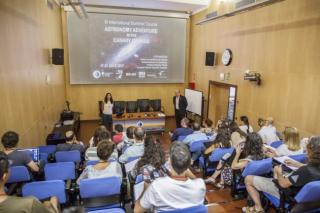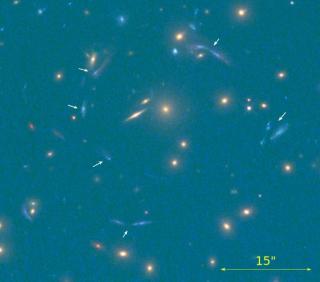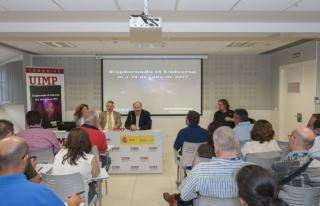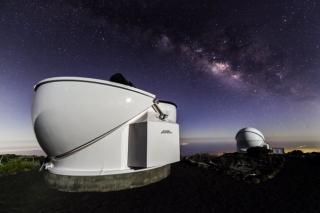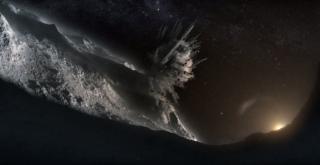
In this activity, which will take place tonight, the public who attend will be able to collaborate in the detection of these objects, using “Cazasteroides” an application developed at the IAC
Advertised on
This section includes scientific and technological news from the IAC and its Observatories, as well as press releases on scientific and technological results, astronomical events, educational projects, outreach activities and institutional events.


